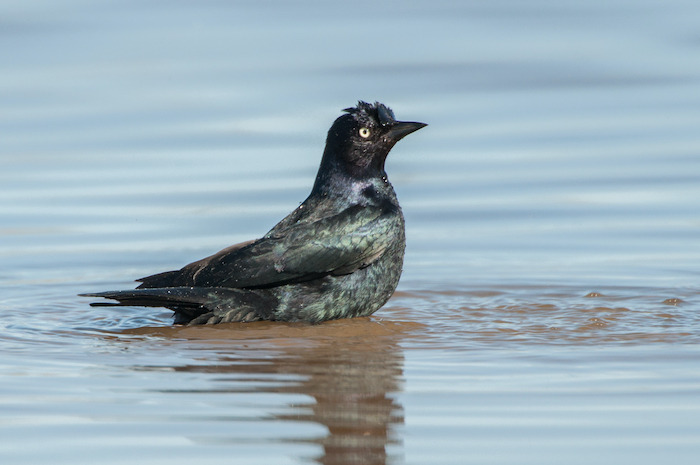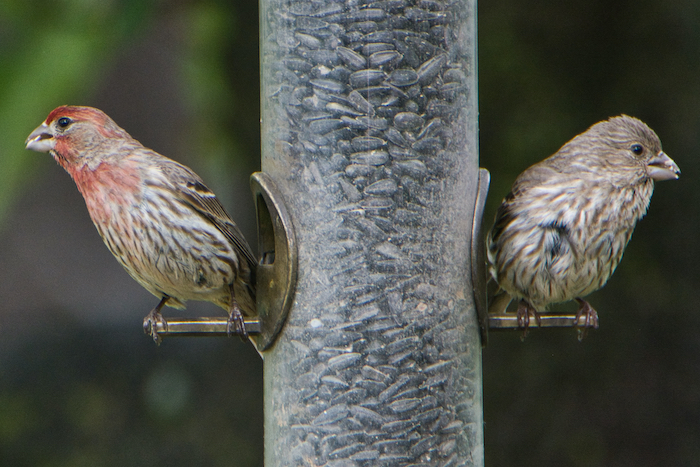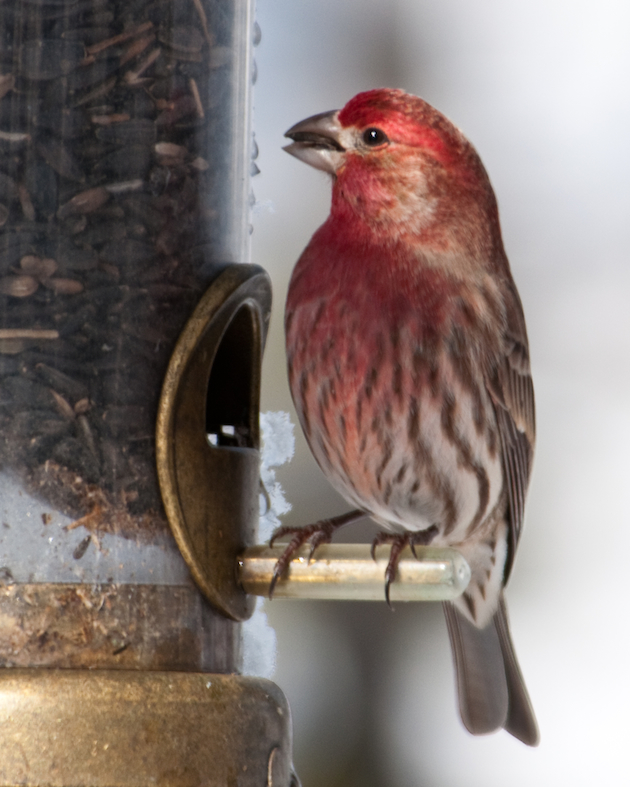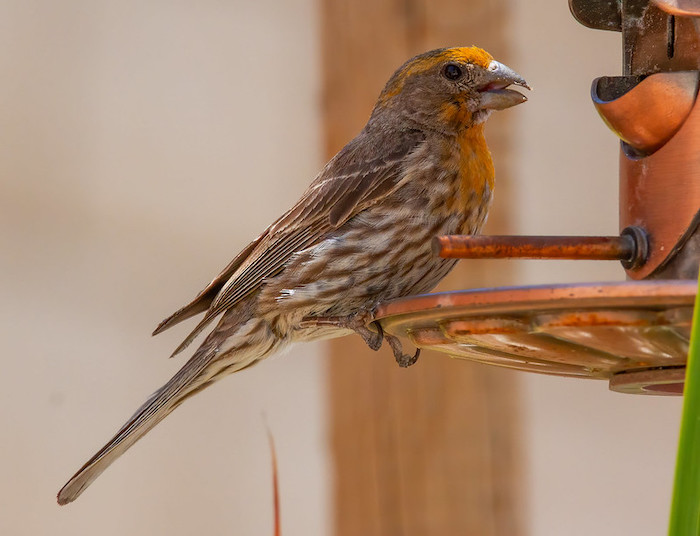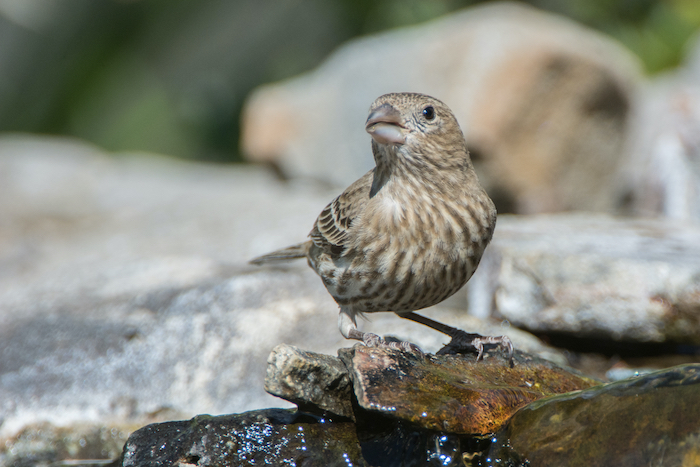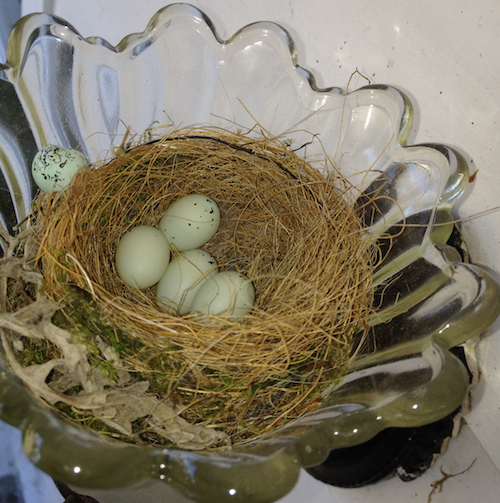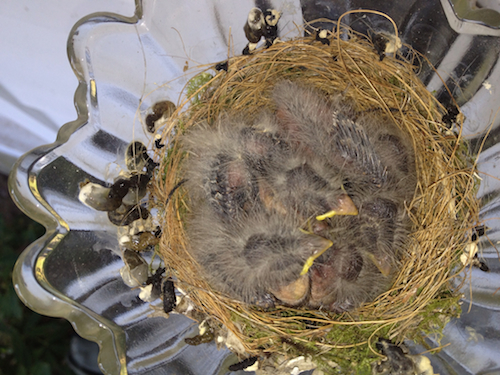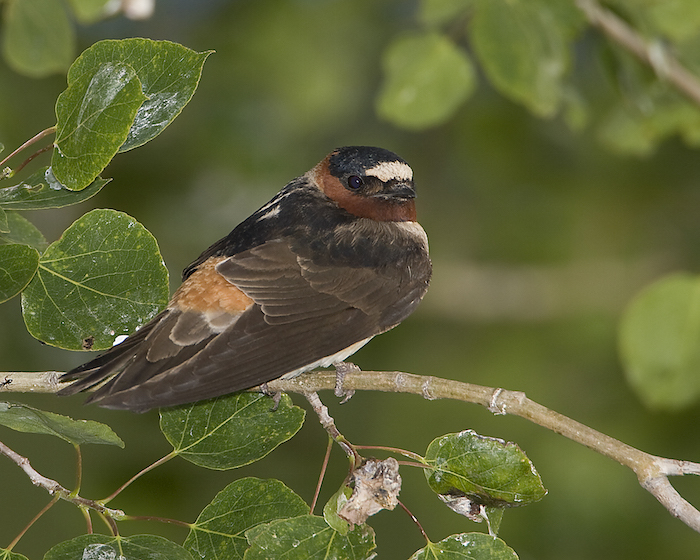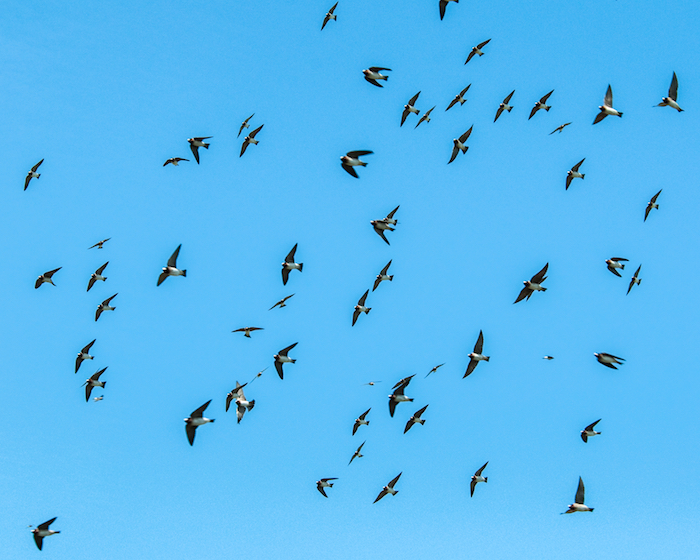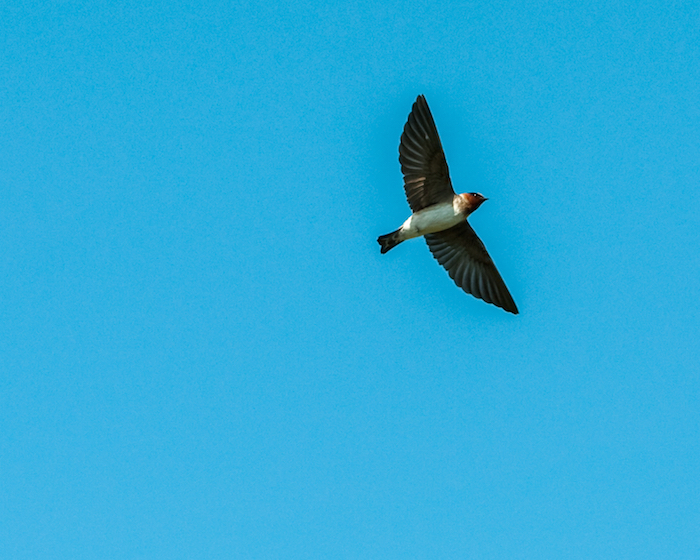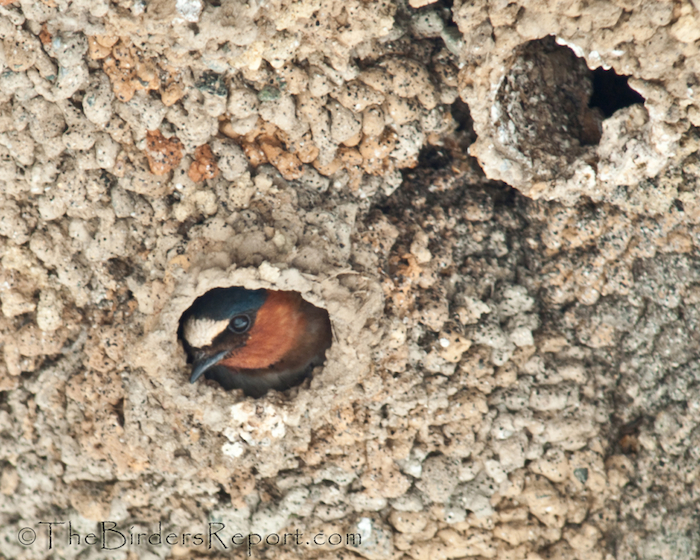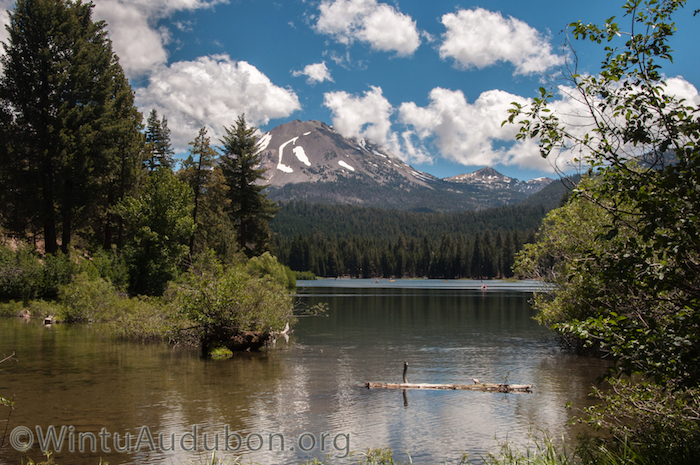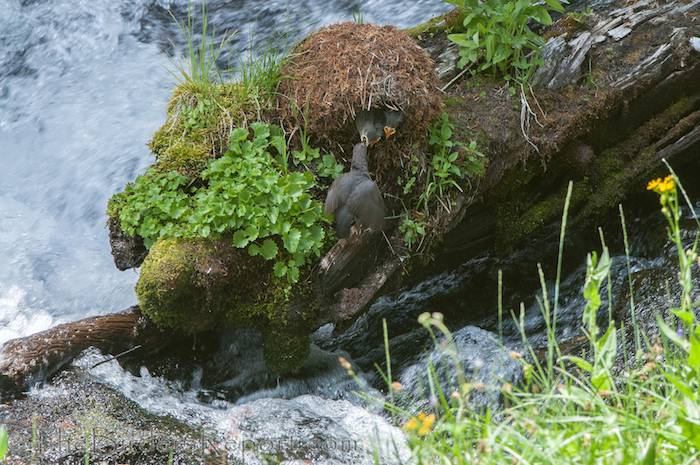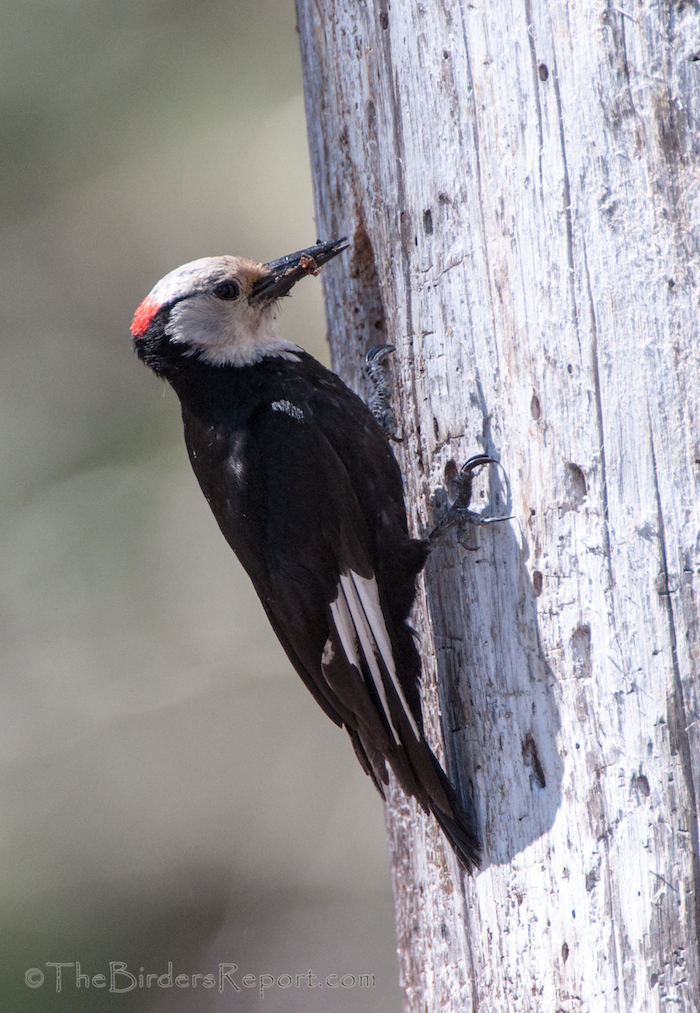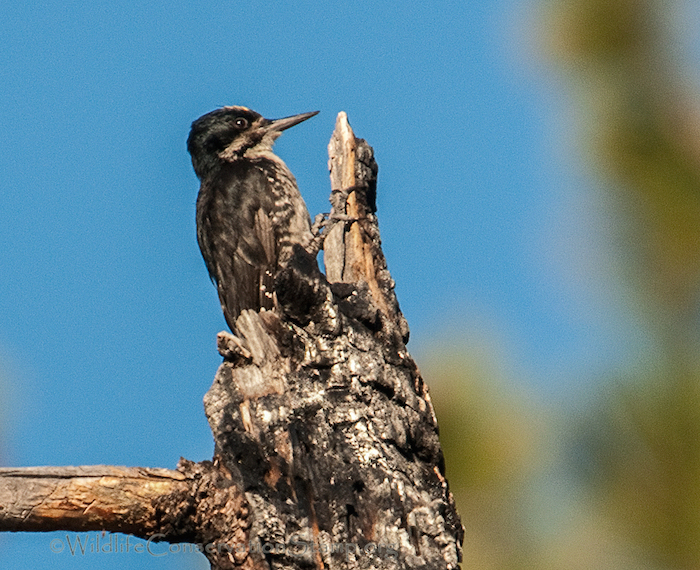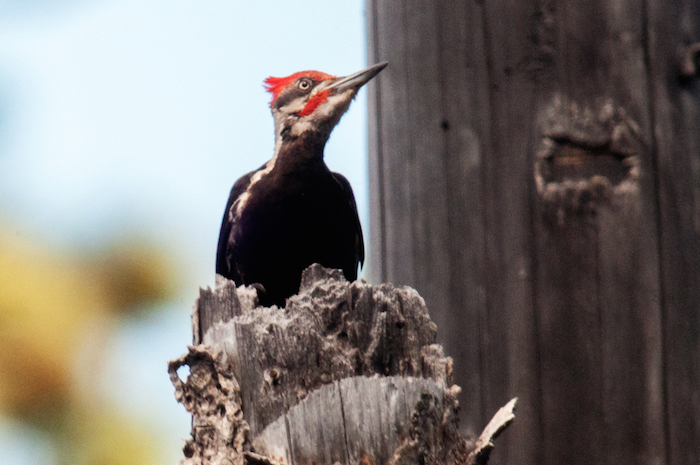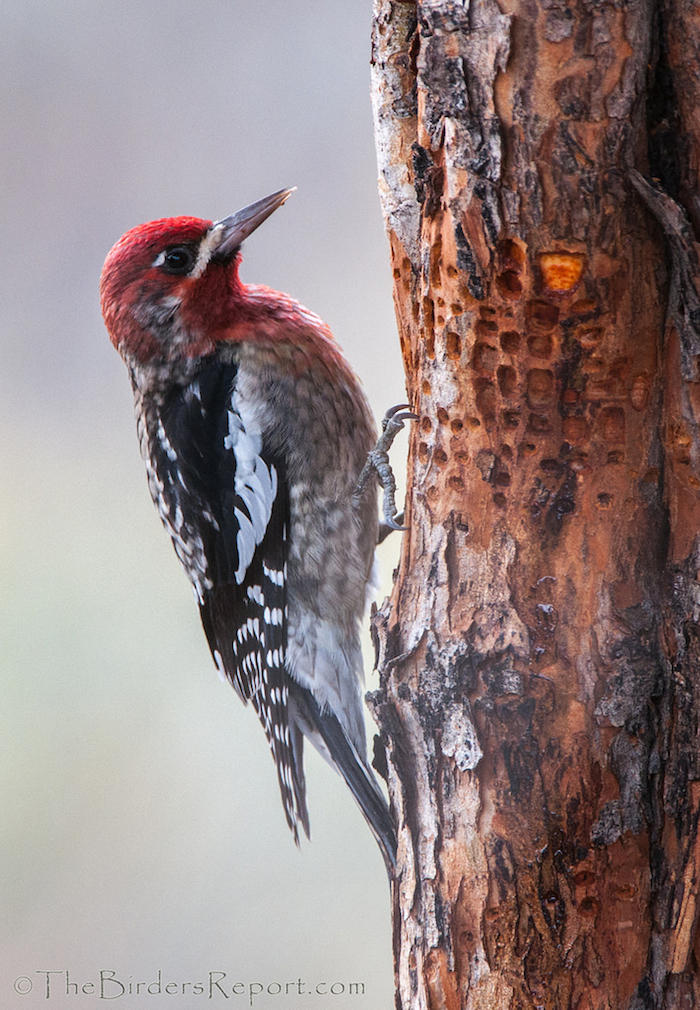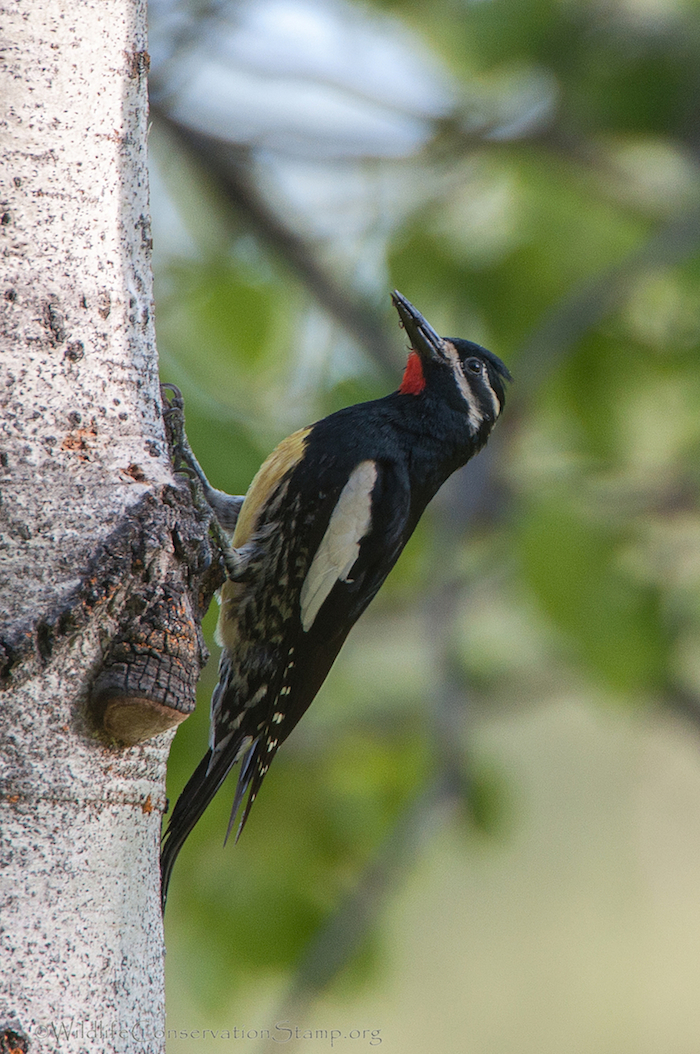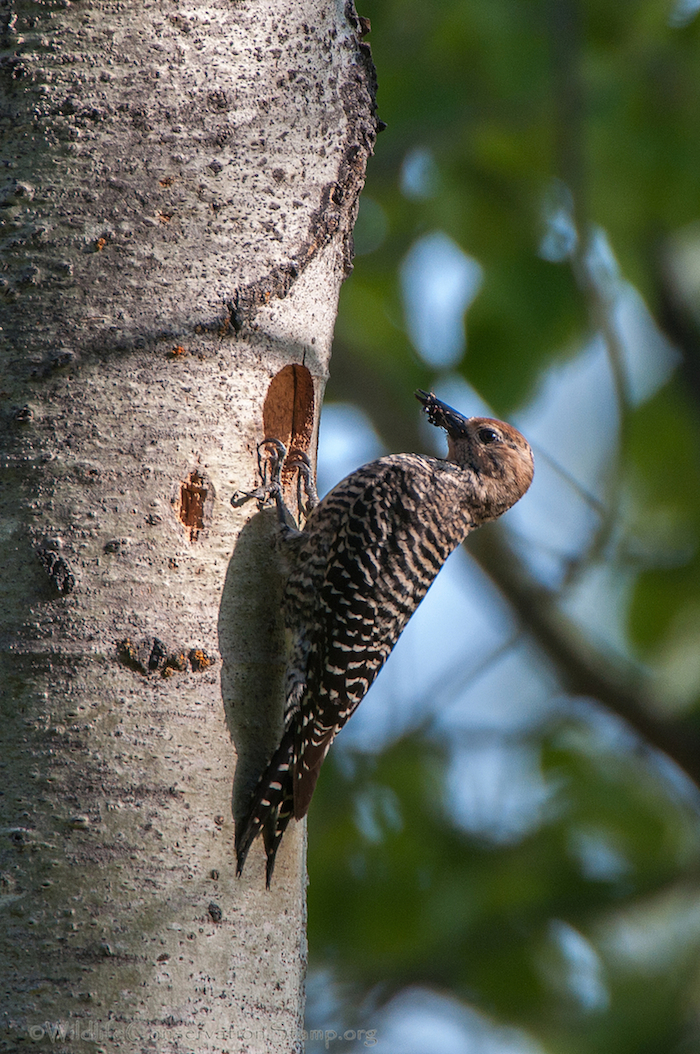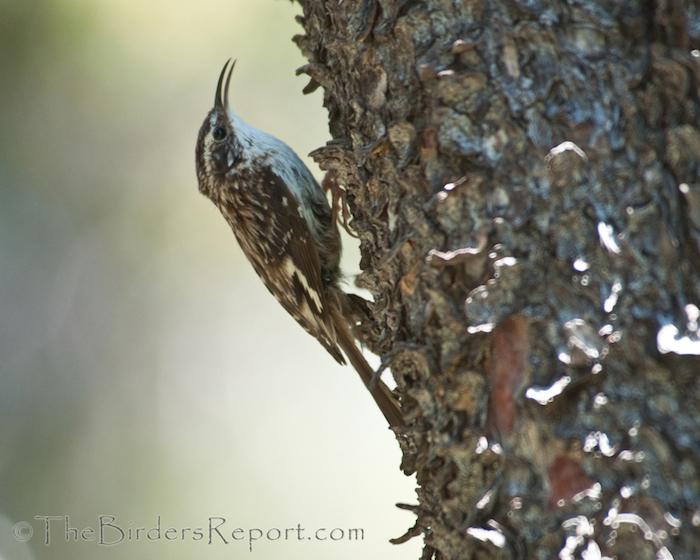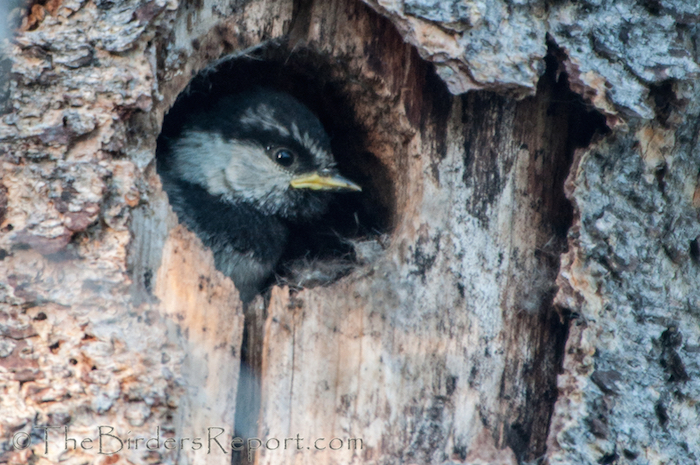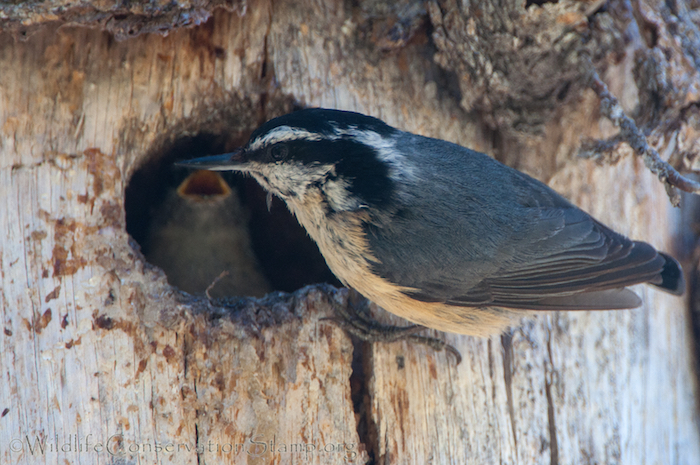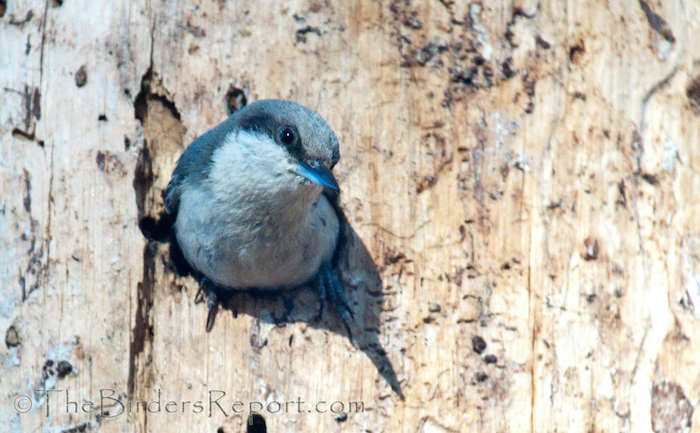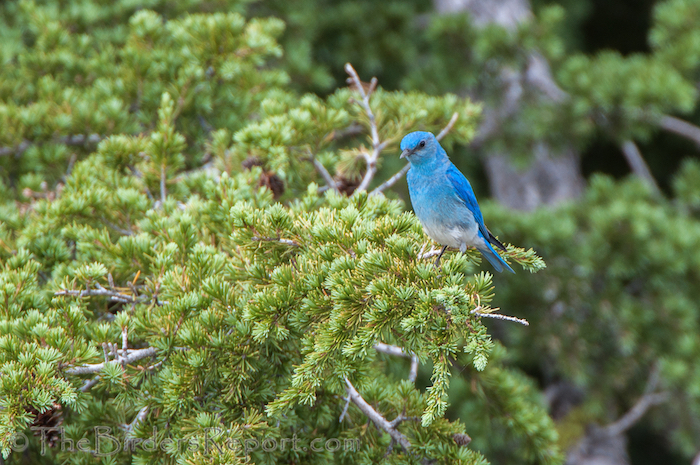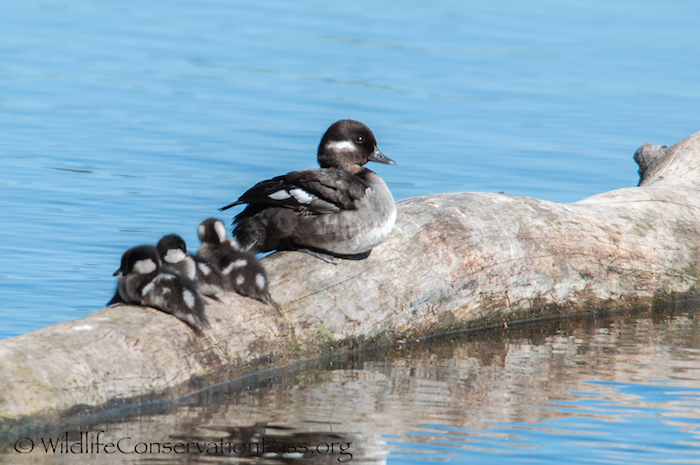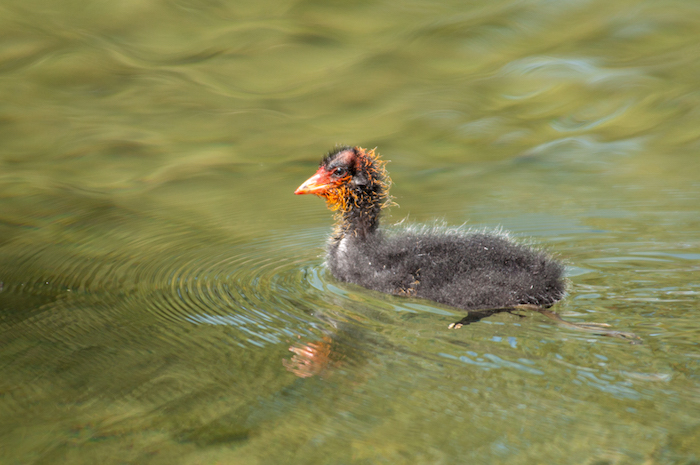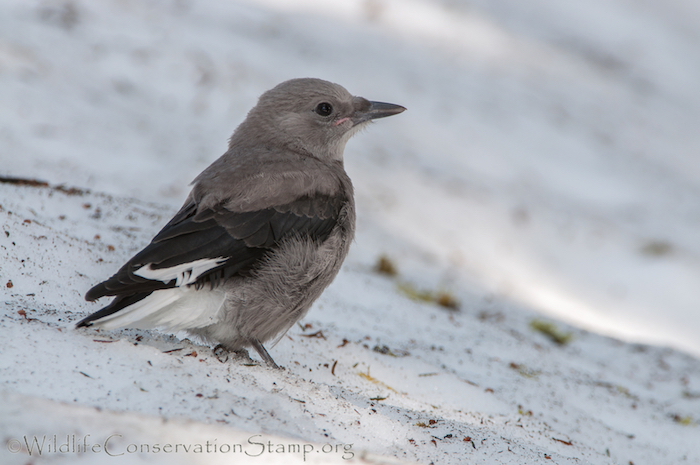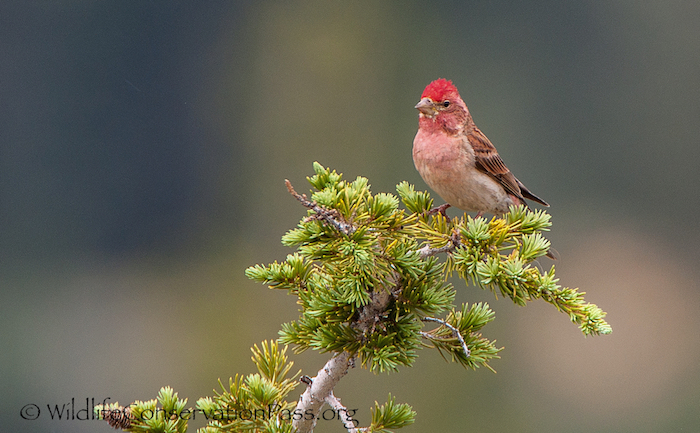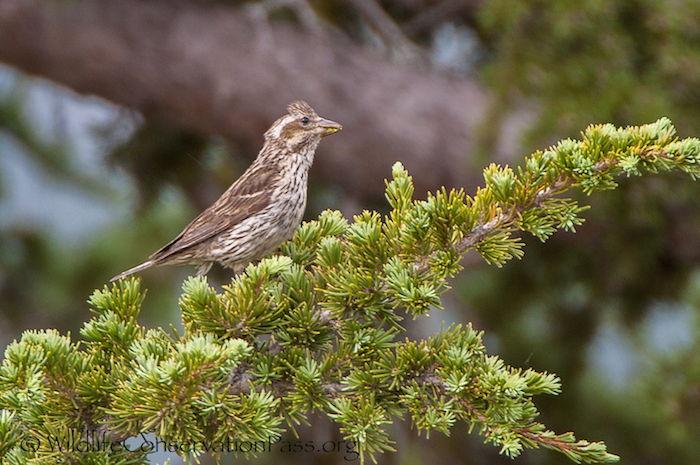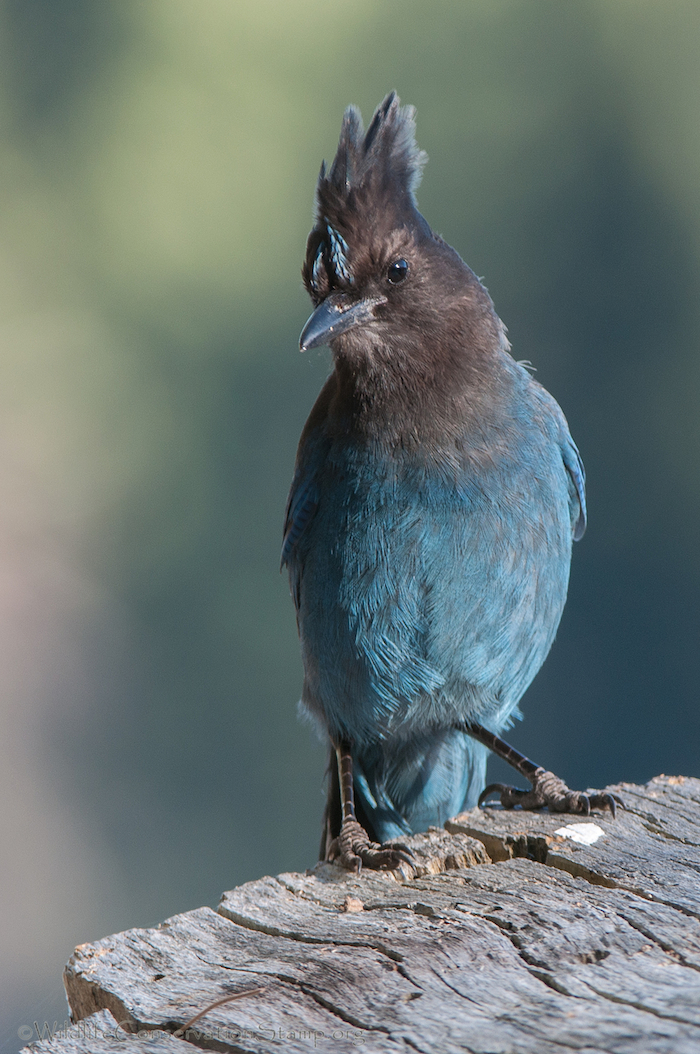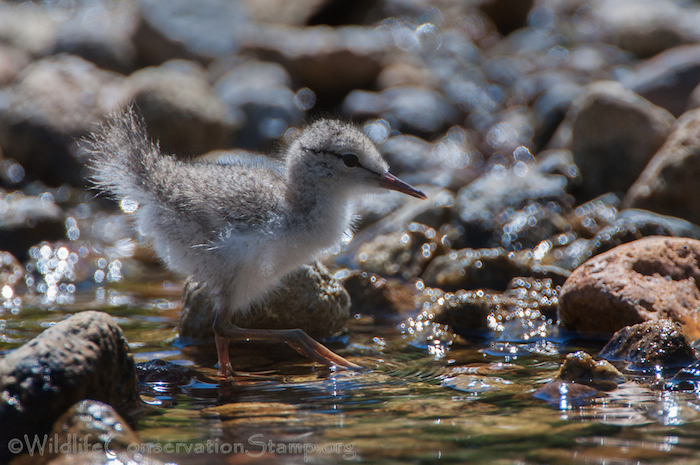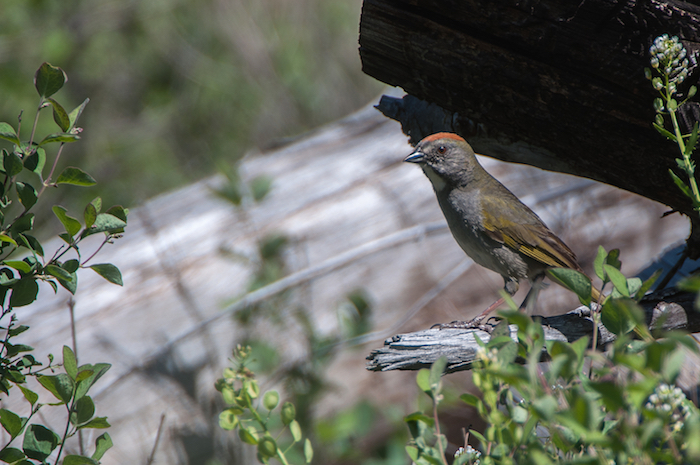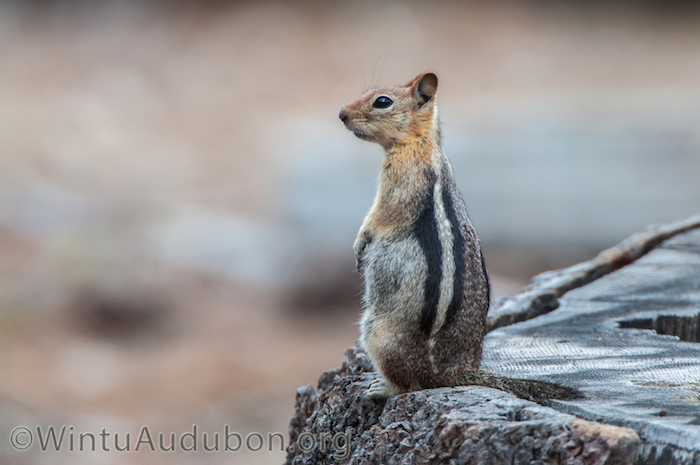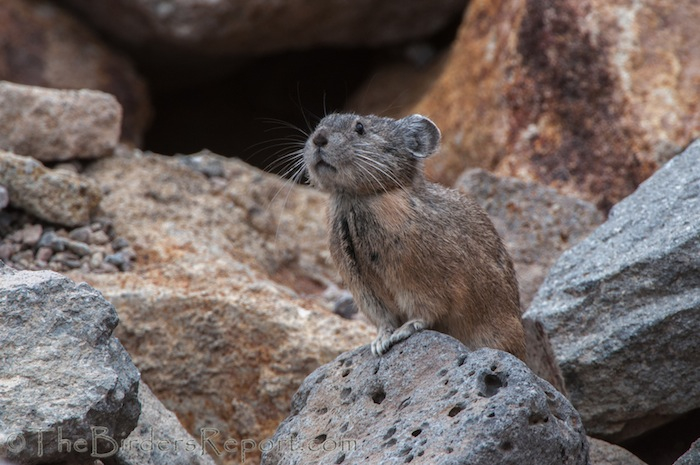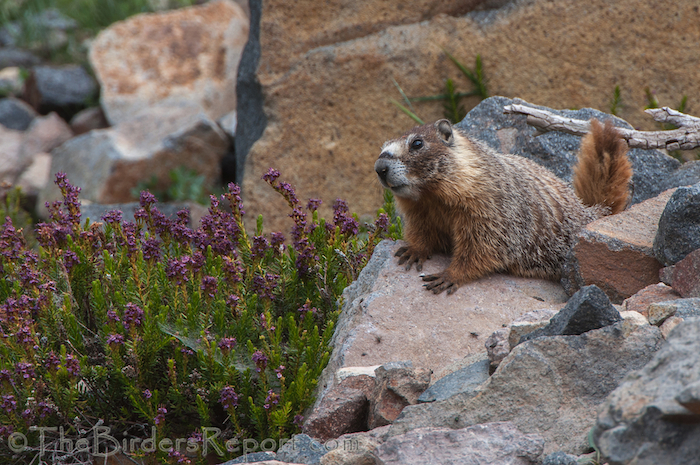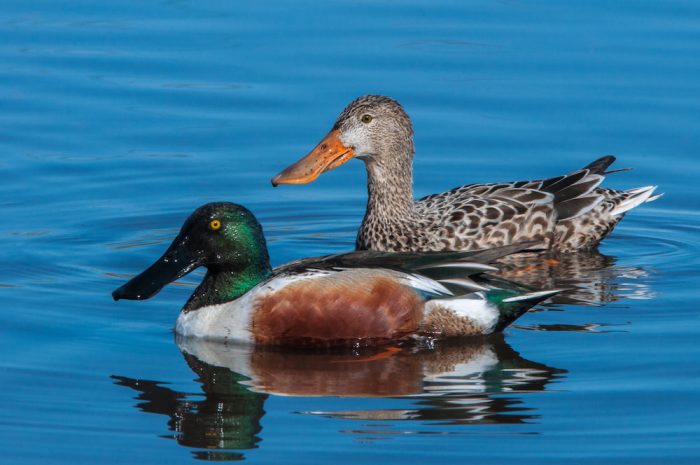
Who would have thought it? Shovelers have been around much longer than shovels! The oldest known shovels, rough tools made of wood and sometimes a shoulder blade, are less than 4000 years old, whippersnappers like the folks who made them. Shovelers, on the other hand, are ducks, which, allowing for some evolution, date back to sixty-five million years ago, about the time dinosaurs proper were going extinct.
Of course, for purposes of our understanding and communication, we are the ones giving out names, and shoveler bills are broad, reminding us of our digging tools, and thus the name we use for them.
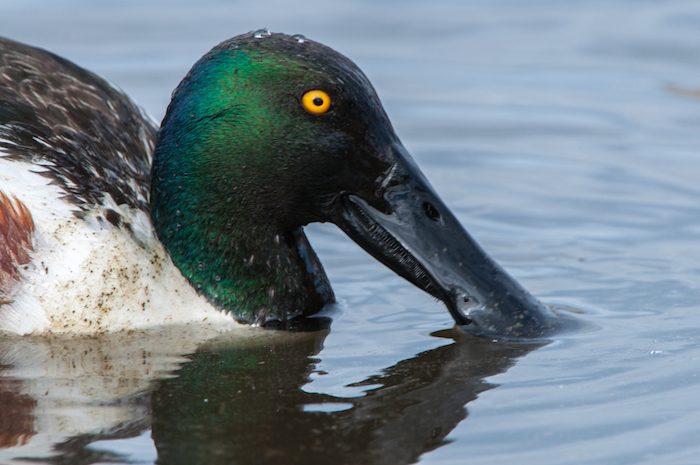
But shoveler bills are not for digging. Their broad bills, like those of many dabbling ducks, are edged with comb-like ridges. No, ducks don’t have teeth. Crowns and root canals are not required. Rather their bills are bony cores covered in keratin sheathes–think fingernail material. The keratin edge is scalloped into ridges that catch small aquatic crustaceans and seeds as the ducks squeeze water through, just as on a larger scale whales net krill in their baleen. Shoveler bills are for filter-feeding, not digging.
In their long history of acquiring food, shovelers have learned a further trick: the benefit of cooperation. As they squeeze water through their bills they often paddle in a tight circle with a friend, or twenty or more friends. Apparently this action creates a tornado-current that pulls up foodstuff from deeper in the water, making the foraging more profitable for everyone involved. One can only imagine how they learned that stratagem.
It seems to have worked. Our species, the northern shoveler, prospers at mid-northern latitudes around the globe, mainly from western North America through Siberia to Scandinavia. Each summer a mated pair settles on a quiet pond or wetland. As with other ducks, the female raises the young on her own. She forms a scrape in the reeds or fields nearby, and there lays about ten eggs, which she incubates for over three weeks. When the young hatch, she quickly leads them to the water, where they feed and grow under her watchful eye, until they fledge after about seven weeks more.
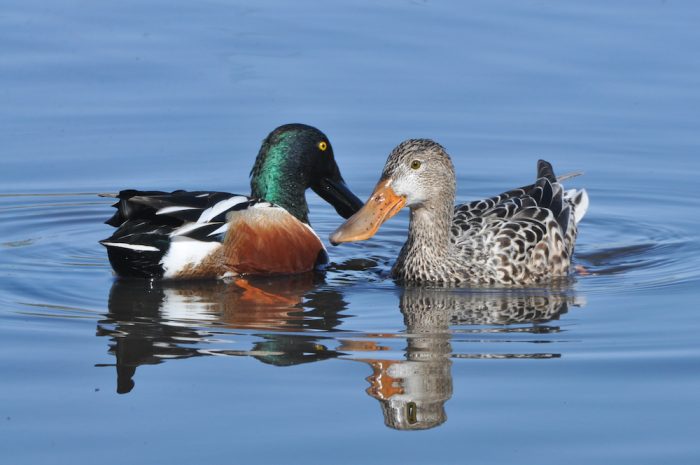
Now that winter and water have returned to the North State, so have the northern shovelers. You can spot them, in small groups or by the hundreds, on quiet waters–the males with rusty red flanks and tuxedo-white breasts, the females in dappled browns. Her bill is orange, his black. The bills of both are noticeably large–but they remain bills, not shovels.

